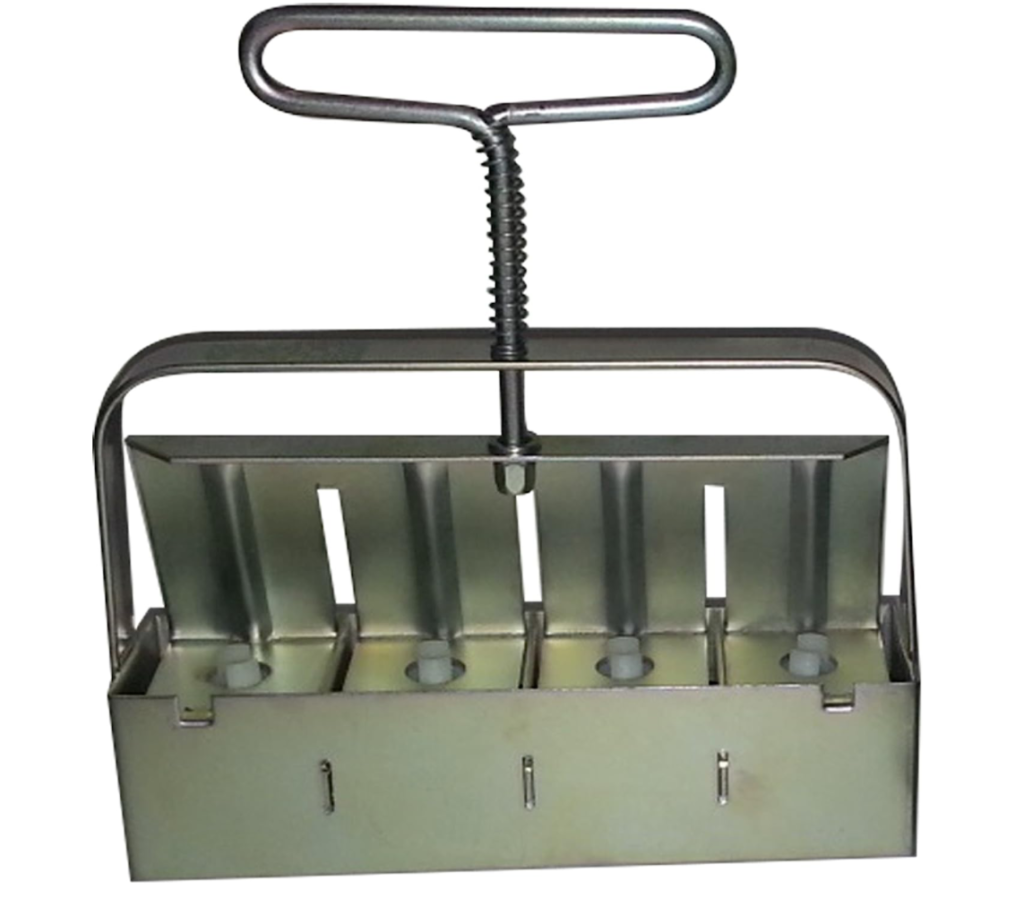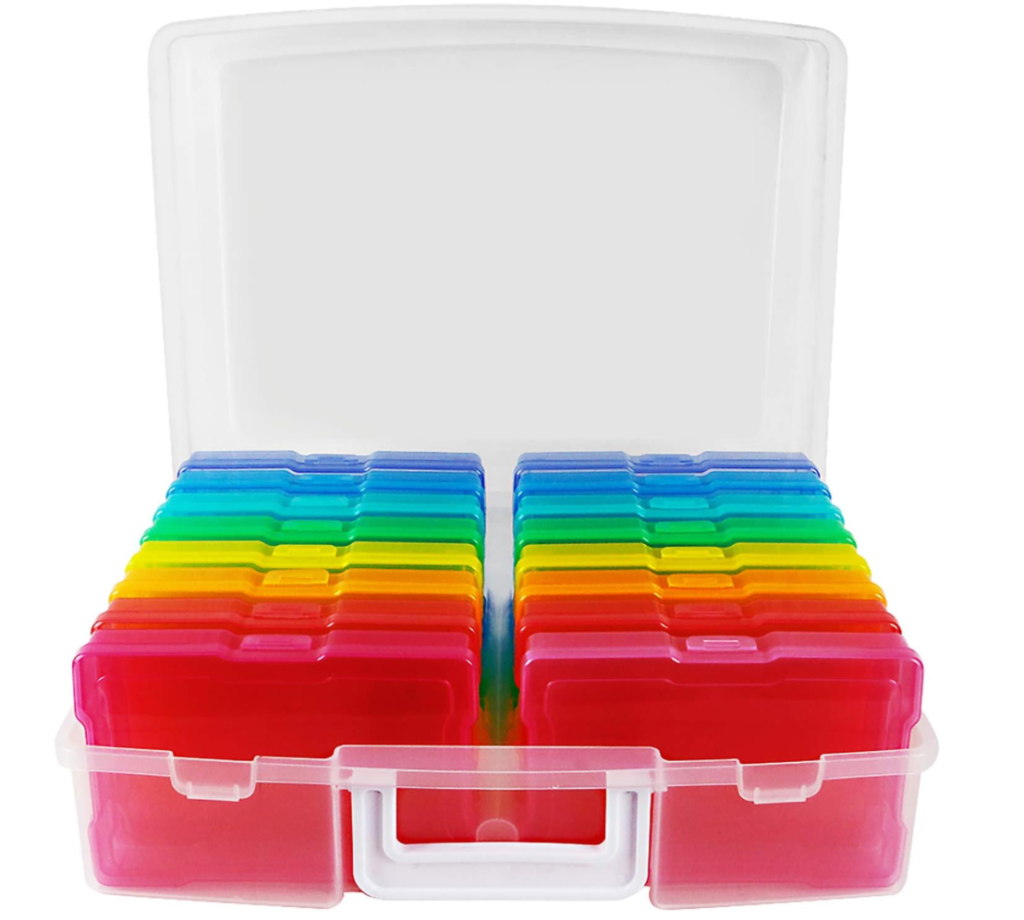Answering common questions about buying vegetable seeds and the needs of vegetable seeds.
How Long Do Bought Seeds Last?
In general, most vegetable seeds will remain viable for several years if they are stored correctly. However, the longevity of vegetable seeds can vary depending on the type of seed, storage conditions, and age of seeds at the time of purchase.
Seeds that are properly stored in a cool, dry place with low humidity, such as a sealed container in the refrigerator or freezer, can last for several years. For example, tomato seeds can last up to 4-6 years, while pepper seeds can last up to 3-4 years. However, some seeds, such as onion and parsnip seeds, may only last for one year.
It’s important to note that the germination rate of seeds may decrease over time. Therefore, it’s a good idea to test the seeds before planting them. You can do this by placing a few seeds on a damp paper towel and checking for germination after a few days. If the germination rate is low, you may want to purchase fresh seeds. The germination rate should be labeled on your seed packet, or in the seed catalog you purchased from.

How Many Seeds Do I Need To Buy?
As a general rule, most seed packets will contain enough seeds to plant a certain number of plants or a designated area. For example, a packet of tomato seeds might contain enough seeds to plant 10-20 plants, while a packet of lettuce seeds might be enough to plant a 10-foot row.
The number of seeds you need to buy depends on several factors, including the size of your garden, the type of vegetable you’re planting, and the spacing requirements of the specific plant.
To determine how many seeds you need to buy, you’ll need to consider the spacing requirements for the specific vegetable you’re planting. This information can usually be found on the seed packet or online. You’ll also need to calculate the size of your garden and how many rows or plants you want to plant.
It’s always a good idea to buy a few extra seeds, just in case some don’t germinate or if you want to plant more than you originally planned. However, be careful not to buy too many seeds, as they may lose viability if not used within a certain time frame.
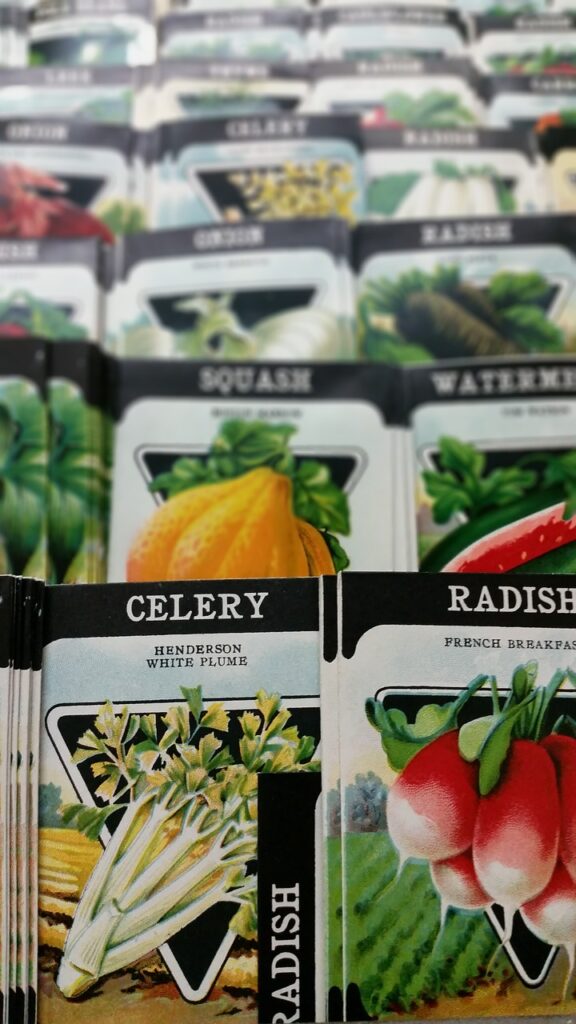
How Do I Pick A Variety?
When picking a variety of seeds, there are several factors to consider, including your climate, soil type, available space, and personal preference. Here are some tips on how to choose the right variety of seeds for your garden:
- Consider your climate: Certain vegetable varieties are better suited for specific climates. For example, if you live in a colder climate, you may want to choose a cold-tolerant variety of vegetables, while if you live in a warmer climate, you may want to choose a heat-tolerant variety.
- Check your soil type: Different vegetable varieties have different soil requirements. Some prefer well-drained soil, while others do better in heavy or clay soils. Knowing your soil type can help you choose the right variety of vegetables for your garden.
- Look at available space: The size of your garden and the available space will also influence the type and variety of vegetables you can plant. If you have a small garden, you may want to choose a variety of vegetables that are compact and do well in containers.
- Consider taste preferences: Finally, consider your personal taste preferences when choosing a variety of seeds. For example, some people may prefer sweeter varieties of vegetables, while others may prefer more savory or spicy varieties.
- Check with local farmers: Visit your local farm store or talk with your local agricultural office to determine seed varieties that do well in your area. You may also have friends and family that have a variety they like to grow.
For more information, you can watch our YouTube Video about picking Seed Varieties.
Do I Need To Start Seeds Indoors Or Can I Plant Them Directly In The Garden?
Whether you need to start seeds indoors or plant them directly in the garden will depend on several factors, including the type of vegetable, your climate, and the growing season in your region.
Some vegetables, such as beans, corn, and peas, are best planted directly in the garden since they have large seeds and can easily be sown directly in the soil. Other vegetables, such as tomatoes, peppers, and eggplants, benefit from starting indoors since they need a longer growing season and warmer temperatures to thrive.
Starting seeds indoors can also help you get a head start on the growing season and allow you to transplant stronger and more established seedlings into the garden. However, starting seeds indoors requires additional equipment, such as grow lights, seed trays, and potting soil, and can be more time-consuming than sowing seeds directly in the garden.
We like this equipment for starting seeds indoors:
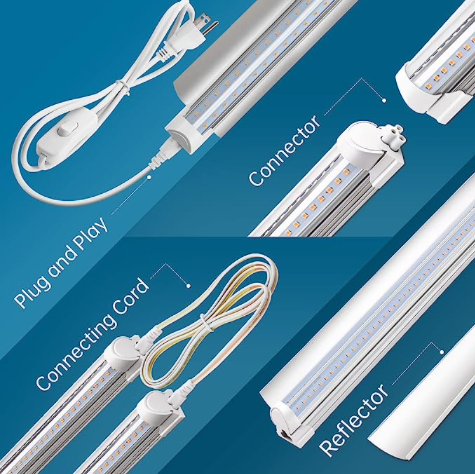
Grow lights. These are great because they can connect to each other and not require multiple outlets.
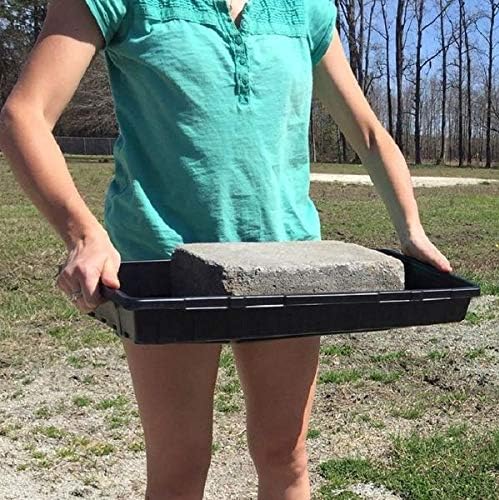
Super Strong Seed Trays. These seed trays come with a pricier tag but are incredibly durable and will last MULTIPLE seasons.
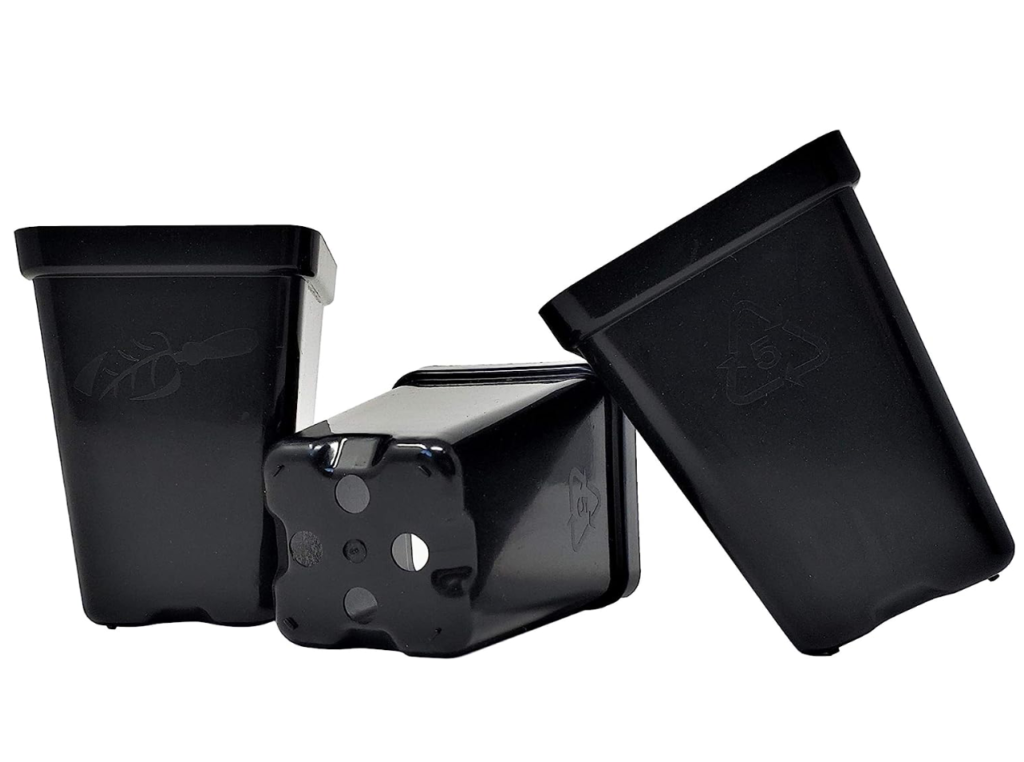
These 2″ Seed Pots fit into the trays. 32 pots fit in one tray! They are also made of the same durable material that will last MULTIPLE seasons.
If you live in a region with a shorter growing season or colder climate, starting seeds indoors can be a good way to ensure your plants have enough time to mature before the first frost. It’s important to follow the instructions on the seed packet and consider factors such as temperature and light when starting seeds indoors.
In summary, whether you need to start seeds indoors or plant them directly in the garden will depend on the specific vegetable and your growing conditions. It’s a good idea to research the specific requirements of the vegetables you plan to grow and consult with local gardening experts for advice on the best practices for your area. We like to reference seed catalogs for specific information.
How Deep Should I Plant My Vegetable Seeds?
The depth at which you should plant your vegetable seeds will depend on the size of the seed and the specific requirements of the vegetable you are planting. As a general rule of thumb, the depth should be about two to three times the diameter of the seed.
- Small seeds, such as lettuce and carrots, should be planted no deeper than 1/4 inch (6 mm) deep.
- Medium-sized seeds, such as beans and peas, should be planted around 1 inch (2.5 cm) deep.
- Large seeds, such as squash and corn, should be planted around 2 inches (5 cm) deep.
Some vegetables, such as tomatoes and peppers, should be planted deeper, burying some of the stem, which will encourage the growth of additional roots and a stronger plant.
It’s important to read the instructions on the seed packet for specific planting depth recommendations. Planting too shallowly can result in the seeds drying out or getting washed away, while planting too deeply can result in the seeds not getting enough light to germinate or having difficulty breaking through the soil.

How Often Should I Water My Vegetable Seeds?
Vegetable seeds should be watered deeply and infrequently. Before planting the seeds, make sure to water the soil thoroughly to provide a good starting environment for the seeds.
After planting, keep the soil consistently moist but not overly wet. Over-watering can lead to root rot and other fungal diseases, while under-watering can lead to poor germination and stunted growth. When you water, make sure to water deeply to encourage deep root growth, but avoid watering too frequently. Watering deeply and infrequently encourages plants to develop a strong root system and become more drought-resistant. Watering vegetable seeds from the bottom allows for roots to develop downwards as well.
During hot and dry weather, you may need to water more frequently, while during cool and humid weather, you may need to water less often. Pay attention to the moisture level of the soil and adjust watering accordingly. Using mulch can help retain moisture in the soil and reduce water evaporation, which can reduce the need for frequent watering.
It’s important to note that the specific watering requirements will vary based on the type of vegetable, soil type, and climate. Consult the instructions on the seed packet or do some research online to determine the specific watering needs for the vegetables you plan to grow.
How Long Does It Take For Vegetable Seeds To Germinate?
In general, vegetable seeds will germinate according to the timeline written on the seed packet. However, the time it takes for vegetable seeds to germinate will depend on the specific vegetable and the conditions in which they are grown, such as temperature, moisture, and light. Here are some general guidelines for the time it takes for common vegetable seeds to germinate:
- Beans: 6-10 days
- Carrots: 10-14 days
- Cucumbers: 7-14 days
- Lettuce: 7-14 days
- Peas: 7-14 days
- Peppers: 7-14 days
- Squash: 7-14 days
- Tomatoes: 7-14 days
- Watermelons: 5-10 days
It’s important to note that these are general guidelines, and the time it takes for seeds to germinate can vary based on factors such as soil temperature, moisture level, and seed quality. Some seeds may also have longer germination times, such as onions and leeks, which can take up to 21 days or more to germinate.
It’s also important to ensure that you are providing the ideal growing conditions for the specific vegetable you are growing. Consult the instructions on the seed packet or do some research online to determine the ideal temperature, moisture, and light conditions for the seeds you are planting.
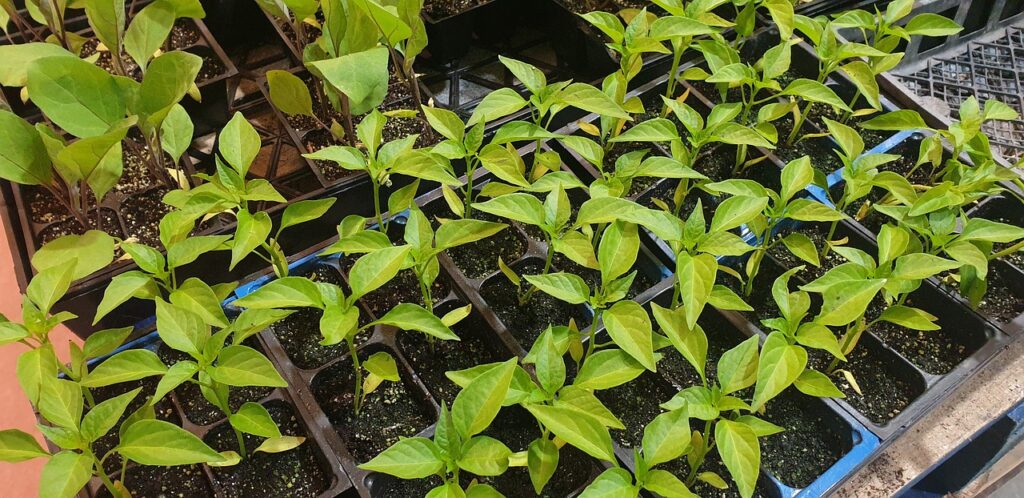
How Do I Know When It’s Time To Transplant My Seedlings?
In general, you will want to transplant your seedlings when they have outgrown their current container and have developed a strong root system. Seed packets will have information on germination rates. Additionally, you may consult seed catalogs or the internet for specific varieties of plants, and when they should be transferred out. There are also certain signs that show it is time to transplant your seedlings into larger pots, or into your garden space.
The seedlings have outgrown their current container.
Once the seedlings have filled up their current container with roots, they will need more space to continue growing.
The seedlings are becoming crowded.
If you have multiple seedlings in the same container, they may be starting to compete for resources and becoming crowded.
The seedlings are developing their true leaves.
After the initial cotyledon leaves have appeared, the seedlings will start developing their true leaves, which are larger and more complex in shape. Once the true leaves have appeared, the seedlings are ready to be transplanted.
The weather is right.
Make sure to transplant your seedlings when the weather is appropriate for the specific vegetable you are growing. This may include waiting until after the last frost date in your area or avoiding hot, dry weather.
When transplanting seedlings, make sure to handle them gently to avoid damaging the delicate roots. Transplant them into a larger container or into the garden, making sure to provide adequate spacing and appropriate growing conditions.
How Do I Store Leftover Seeds?
- Store seeds in a cool, dry place: Moisture and heat can reduce the viability of seeds, so it’s important to store them in a cool, dry place. A refrigerator or a cool, dry basement or pantry can be good options.
- Keep seeds in airtight containers: Airtight containers can help prevent moisture and air from getting to the seeds. A plastic bag or airtight container can work well for storing seeds.
- Label the containers: Make sure to label the containers with the name of the seed variety, the date of purchase or harvest, and any other important information, such as the ideal planting date or specific growing requirements.
- Use desiccant packets: Desiccant packets, (silicone absorbers) which are often found in packaging for electronics or other products, can help absorb moisture and keep seeds dry. Place a desiccant packet in the seed storage container to help prevent moisture buildup.
- Check the seeds periodically: Over time, seeds can lose their viability, so it’s important to check them periodically for germination rates. To check the germination rate, place a few seeds in a damp paper towel and see how many germinate after a few days.
We like this photo box for seed storage.
Are Heirloom Or Hybrid Seeds Better?
Ultimately, the choice between heirloom and hybrid seeds depends on your gardening goals and preferences. If you value genetic diversity, historical significance, and the ability to save and replant seeds year after year, heirloom seeds may be a better choice for you. If you prioritize disease resistance, yield, and uniformity, hybrid seeds may be a better choice.
Heirloom seeds are open-pollinated, non-hybrid varieties that have been passed down through generations of gardeners. They are often valued for their genetic diversity, unique characteristics, and historical significance. Heirloom plants can also be saved and replanted year after year, allowing for the preservation of rare and unique varieties.
Hybrid seeds, on the other hand, are created by cross-pollinating two different varieties to create a new, hybrid variety. They are often bred for specific traits, such as disease resistance, increased yield, or uniformity. Hybrid plants can also exhibit improved vigor and growth compared to their parent varieties.
Advantages of heirloom seeds:
- Often more genetically diverse than hybrid seeds
- Unique characteristics and flavors
- Can be saved and replanted year after year
- Often have historical significance
Disadvantages of heirloom seeds:
- May be more susceptible to disease or pests than hybrid varieties
- May not exhibit the same level of uniformity as hybrid varieties
- Can be more difficult to find and may have limited availability
Advantages of hybrid seeds:
- Often have improved disease resistance, yield, and uniformity compared to their parent varieties
- May exhibit improved growth and vigor
- Widely available
Disadvantages of hybrid seeds:
- Lack of genetic diversity
- Cannot be saved and replanted year after year, as the seeds will not produce the same variety
How Do I Choose The Best Seeds For My Climate And Soil Type?
Choosing the best seeds for your climate and soil type can help ensure that your plants grow healthy and produce a good yield.
Research your climate zone
Determine your climate zone, which is based on the average temperature and precipitation in your area, as well as the length of your growing season. You can find this information online or through your local agricultural extension office.
Look for seed varieties adapted to your climate
Look for seed varieties that are specifically adapted to your climate zone. These varieties are often labeled as suitable for specific temperature ranges, rainfall amounts, or growing seasons.
Consider soil type
Different plants have different soil preferences, so it’s important to choose seeds that are well-suited to your soil type. If you’re not sure about your soil type, you can have it tested through your local agricultural extension office.
Read seed catalogs and labels
Seed catalogs and labels often provide detailed information about the specific growing requirements of each variety, including climate and soil preferences. Look for varieties that are well-suited to your local conditions.
Seek advice from local experts
Talk to local gardeners, farmers, or agricultural extension agents for advice on the best seeds to use in your area. They can provide valuable insights into which varieties are well-suited to your local climate and soil type.

How Do I Prevent Pests And Diseases From Damaging My Seedlings?
- Start with healthy soil: Healthy soil can help prevent pests and diseases from taking hold. Use compost and other organic amendments to improve soil fertility and structure.
- Keep your seedlings clean and dry: Keep your seedlings clean and dry to prevent the spread of disease. Avoid overwatering and make sure there is good air circulation around your plants.
- Use disease-resistant varieties: Choose seed varieties that are resistant to common diseases in your area. Look for varieties that are labeled as resistant or tolerant to specific diseases.
- Monitor regularly: Monitor your seedlings regularly for signs of pests and diseases. Catching problems early can help prevent the spread of disease and reduce the impact of pests.
Luckily vegetable seeds can be restarted. However, restarting some seeds that take longer to germinate may cause stunted growth or reduced yields.
Continue Reading About Vegetable Seeds:
Recent Posts
In general, to harvest your own seeds, you must choose mature, healthy plants, allow seeds to dry out, and remove the seeds when they are completely dry. However, this process will look different for...
A guide on how to store and organize seeds for your garden. Vegetables, flowers, herbs, or anything you are wanting to grow. How to Store Your Seeds Proper storage of garden seeds is essential...


